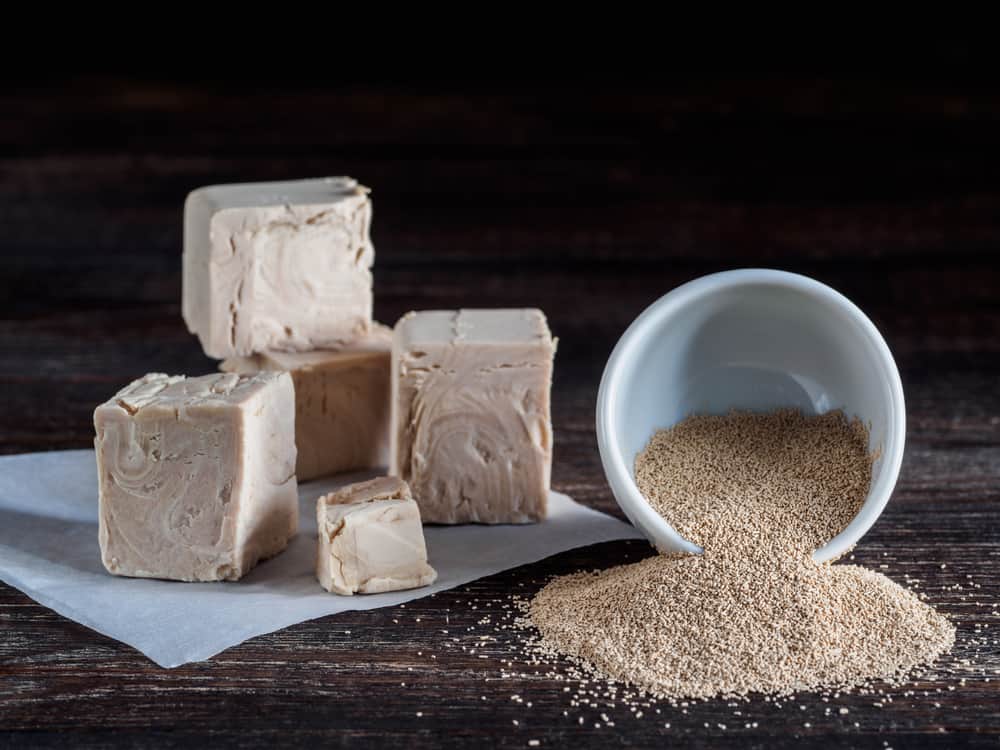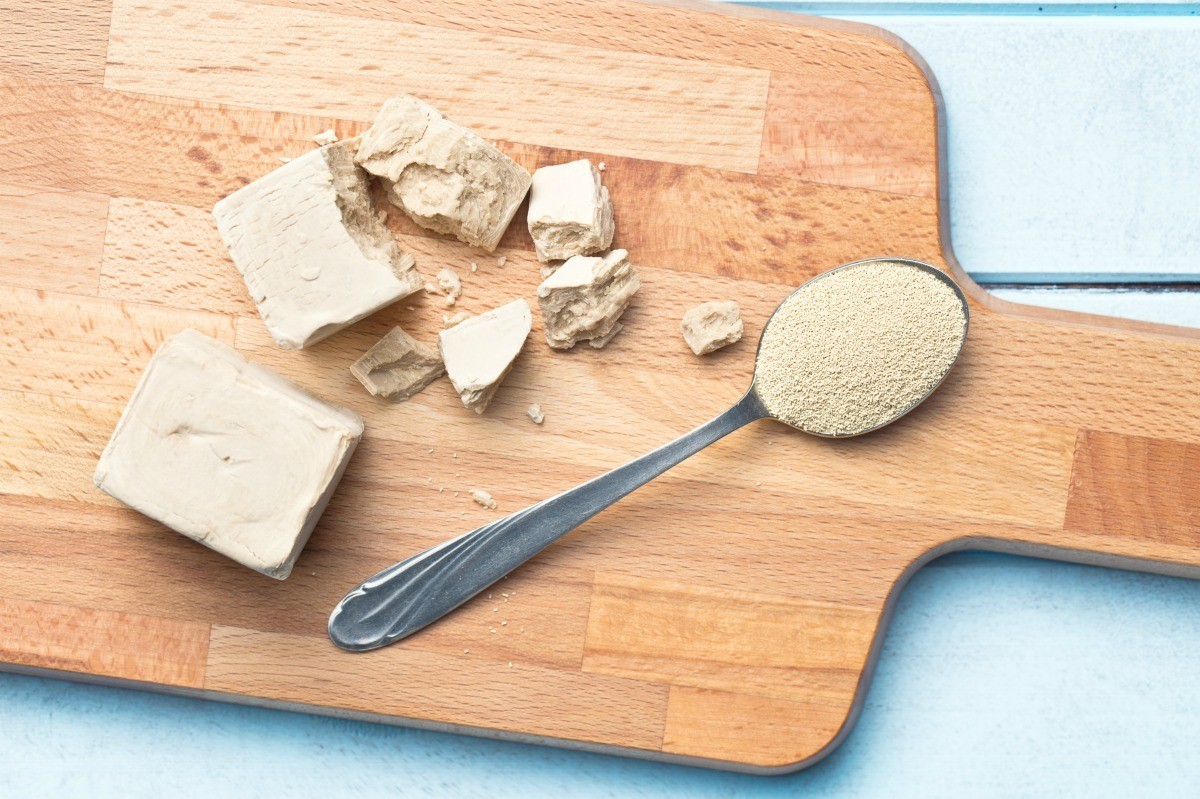How Much Yeast is in a Packet? (How to Activate Yeast)
How much yeast is in a packet? Without a doubt, you cannot successfully prepare bread, and most floured without it. A packet of yeast contains how much, though?
Until you discover all the tricks of handling yeast with ease, baking with yeast always seems to be a daunting undertaking.
There are several user-friendly types of yeast available, including fast and compact packages of active dry yeast.
Yeast is necessary for your bread to rise and have a delightful, fluffy texture. How much yeast is in a packet? Let’s have a look below.
What is a Baking Yeast?

Yeasts are single-celled microbes that have existed on Earth for many millions of years before humans.
Over 1,500 different yeast species exist, but the one we’re focusing on today is saccharomyces cerevisiae, which is taken from Latinized Greek and means “sugar-fungus.”
Strains of baker’s yeast and brewer’s yeast in this category of yeasts make our favorite carb-heavy delights, bread, and alcohol.
They produce the delicate, airy texture you appreciate in baked goods and the effervescent characteristic of beer.
By feeding on sugars and converting them to carbon dioxide (and alcohol, given enough time).
How Much Yeast is in a Packet?

They typically supply both instant and active dry yeast in tiny packets known as envelopes. They frequently offered these yeast sachets in sets of three.
But how much yeast is generally present in a packet of yeast? Whether instant or active, dry yeast. A packet of the substance weighs 7 grams.
They also included 7 grams of yeast in a packet of RapidRise.
This could seem like too little to you. Although opened yeast degrades quickly and newly opened yeast always performs better, manufacturers should only offer limited quantities of yeast.
Granular yeast variations do not exclusively available in 7-gram packets, though. Yeast is also available in jars and sizable bags.
However, these are only beneficial if you bake bread frequently. If not, the yeast will lose its effectiveness until the entire jar is gone.
Typically, recipes call for one packet of yeast, which is 7 grams of yeast.
Are All Yeast Packets Created Equally?
On the market, there are many varieties of yeast, including instant yeast, rapid rise yeast, and fast-rising yeast, which is the most popular type.
You might assume that the amount varies depending on the type of yeast given the variety of alternatives.
But this is not the case. What sort of yeast you use is irrelevant. It doesn’t matter if you buy instant yeast, active dry yeast, or another kind of yeast.
The measurement is always 2 14 teaspoons or 14 ounces.
READ ALSO
- Does Honey Baked Ham Take EBT
- What Time Does Canes Close Open?
- Selling on eBay
- Chocolate Lava Cake Recipe
- Southern Seafood Boil Recipe
Frequently Asked Questions on How Much Yeast is in a Packet?

You wouldn’t want to risk using bad yeast. The biggest mistake you can make when baking with yeast is not checking if it is still good.
Expired yeast won’t make the dough rise. Thus, in order to prevent your products from going to waste and your efforts being in vain.
we recommend you always check if the yeast is still good or not before using it.
We hope this content (how much yeast is in a packet) has been educating. Let us know your thoughts and suggestions in the comment section.
